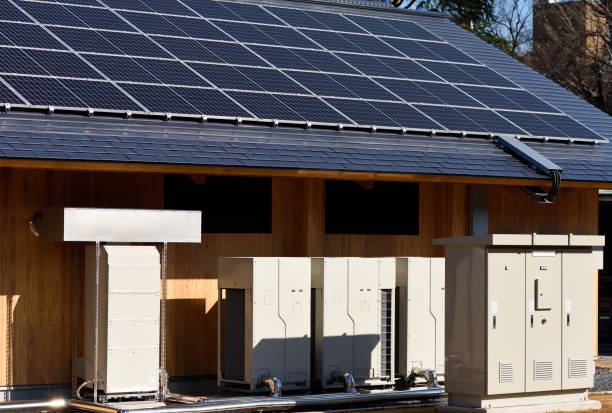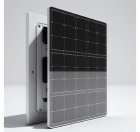Service Details

Battery Energy Storage
Battery Energy Storage Systems (BESS) are an increasingly critical part of modern energy infrastructure, particularly for integrating renewable energy sources like solar and wind into the grid. These systems store excess energy generated during periods of high renewable output and discharge it when energy demand is high or renewable generation is low. Here’s an overview of the key components and benefits:
1. How Battery Energy Storage Works:
- Charging: During times of low energy demand or high energy production (e.g., sunny or windy days), the system stores surplus electricity in batteries.
- Discharging: When energy demand exceeds supply or when renewable energy generation drops, the stored energy is released back into the grid or used directly for consumption.
- Batteries Used: The most common battery technologies include lithium-ion, sodium-sulfur, and flow batteries. Lithium-ion is the most popular due to its high energy density, efficiency, and cost-effectiveness for most applications Types of Battery Storage Systems:
- Residential Energy Storage: Smaller scale systems, such as Tesla Powerwall, designed for individual homes to store solar energy for personal use, reducing reliance on the grid.
- Commercial and Industrial Storage: Larger systems that help businesses optimize energy costs and improve power reliability. These systems can store energy during off-peak hours for use during peak periods, reducing electricity bills through time-of-use rates.
- Utility-Scale Storage: Large-scale battery plants that can provide grid stability and power during emergencies. They help utilities manage fluctuations in energy supply and demand, especially as renewable energy becomes a larger part of the energy mix 【7†sourcts of Battery Energy Storage:



